
Table 1 taken from Ferriere, K. M., Reviews of Modern Physics, 73, 1031 (2001)
 Copyright © Michael Richmond.
This work is licensed under a Creative Commons License.
Copyright © Michael Richmond.
This work is licensed under a Creative Commons License.
The topic today is how giant clouds of cold molecular hydrogen (H2) can contribute to the birth of new stars.

Table 1 taken from
Ferriere, K. M., Reviews of Modern Physics, 73, 1031 (2001)
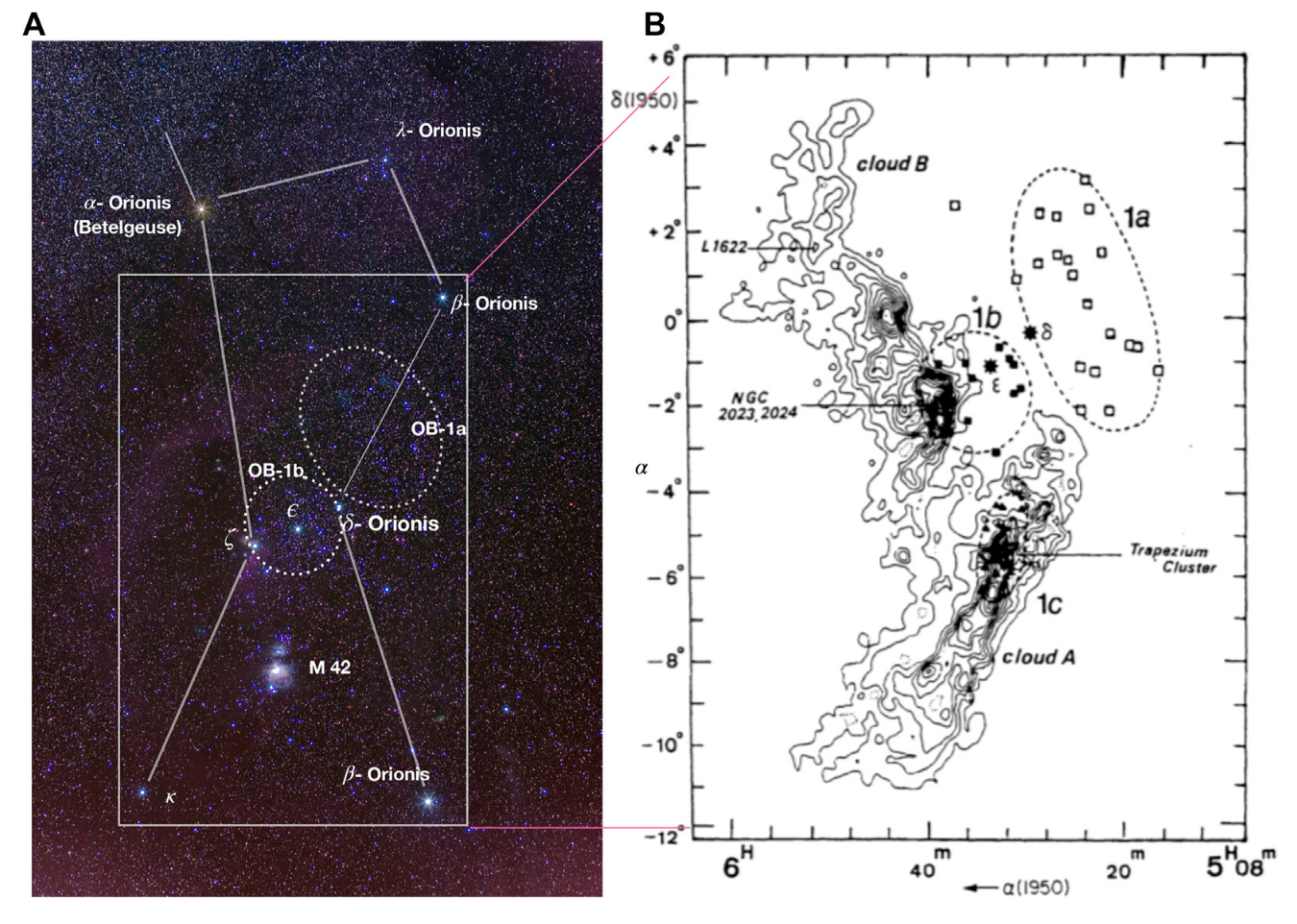
Figure 1 taken from
Sahu, Liu, and Liu, Frontiers in Astronomy and Space Sciences,
8, 672893 (2021)
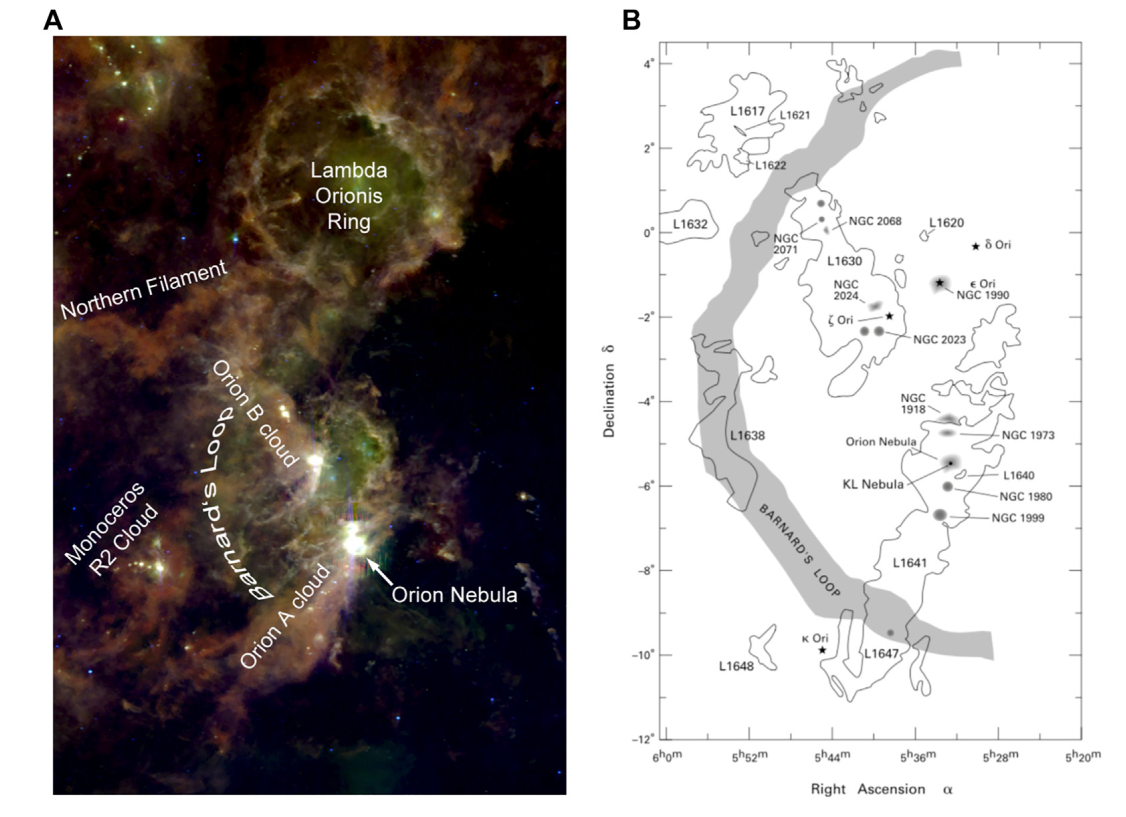
Figure 2 taken from
Sahu, Liu, and Liu, Frontiers in Astronomy and Space Sciences,
8, 672893 (2021)
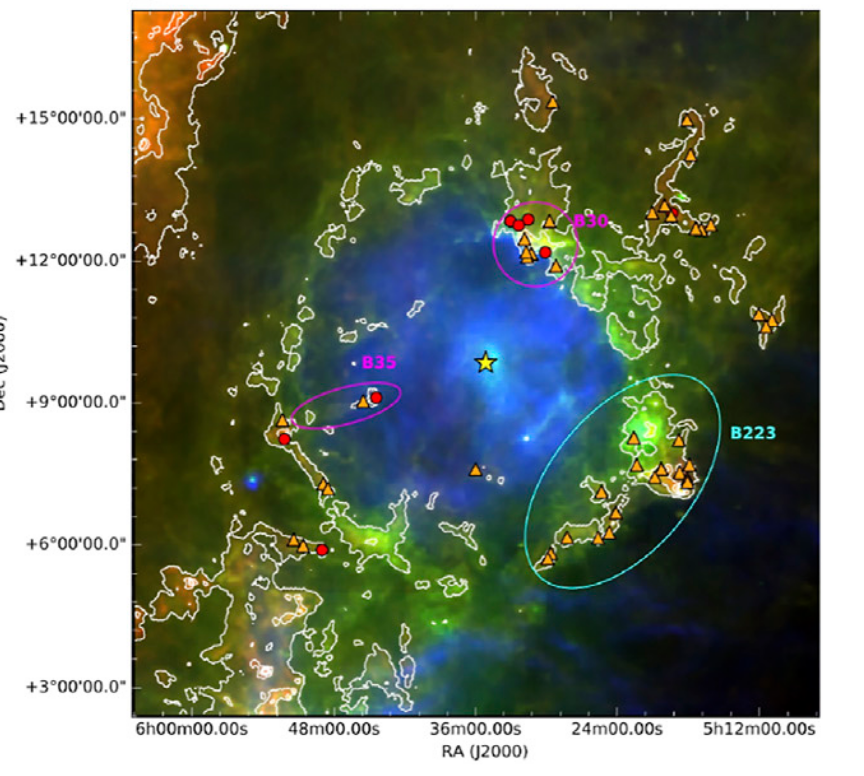
Figure 6a taken from
Sahu, Liu, and Liu, Frontiers in Astronomy and Space Sciences,
8, 672893 (2021)
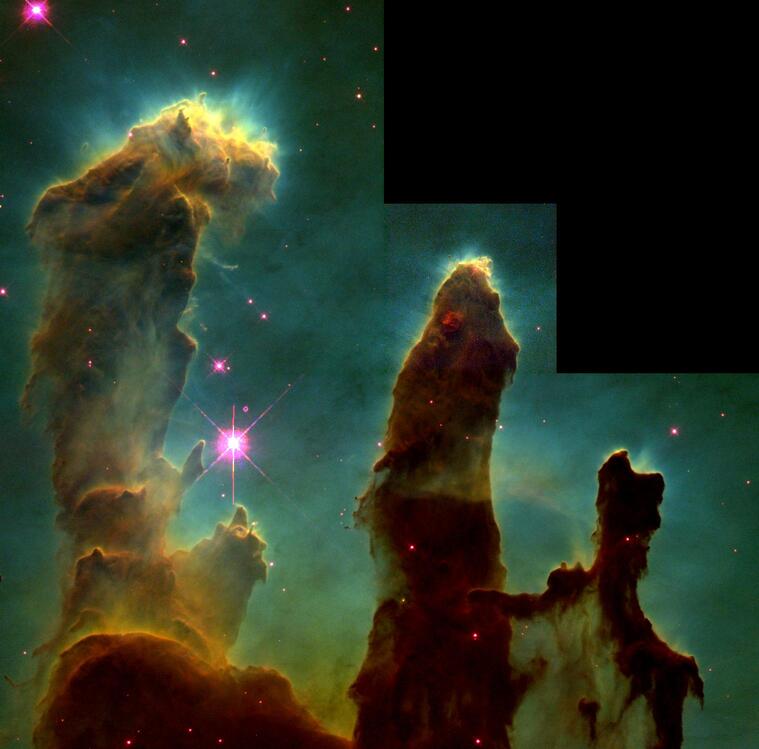
Image courtesy of
NASA, ESA, Hubble Space Telescope, J. Hester, P. Scowen (ASU)
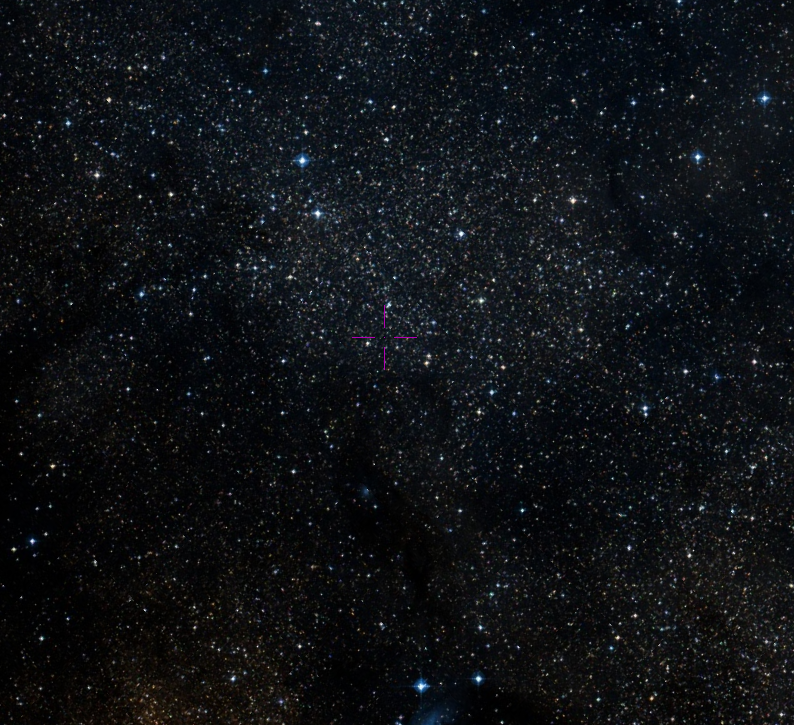
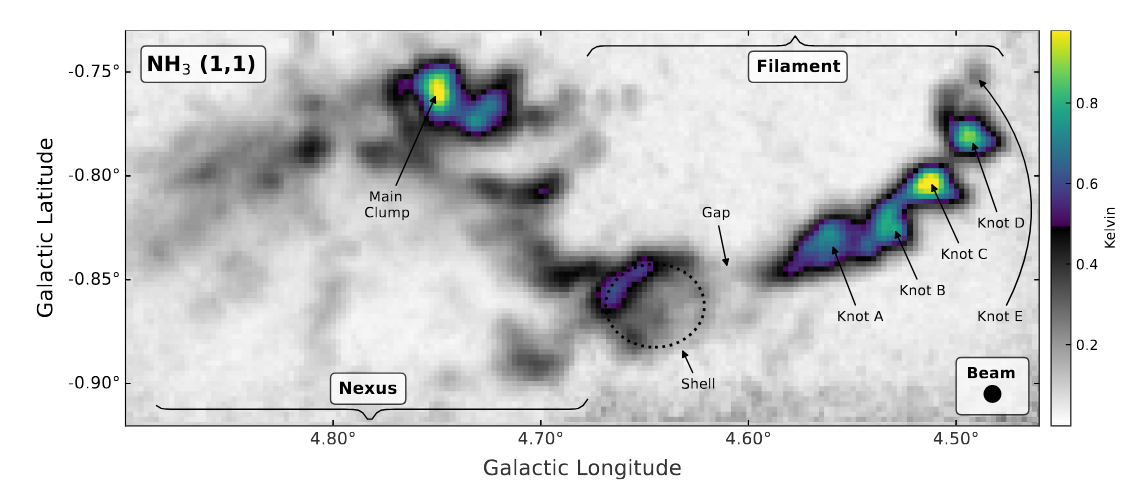
Figure 2a from
Butterfield, Morgan, and Barnes, ApJ 988, 99 (2025)
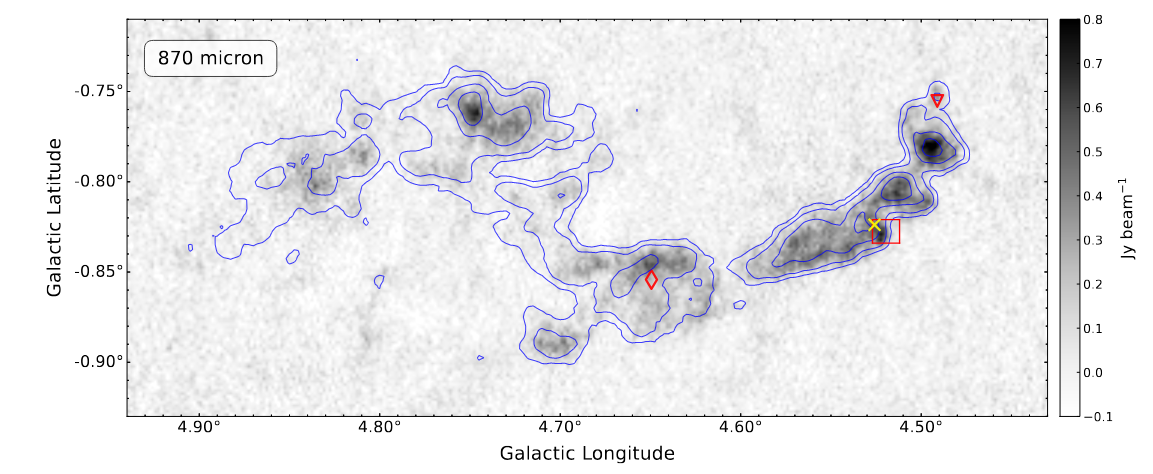
Figure 8, showing thermal emission from dust, from
Butterfield, Morgan, and Barnes, ApJ 988, 99 (2025)
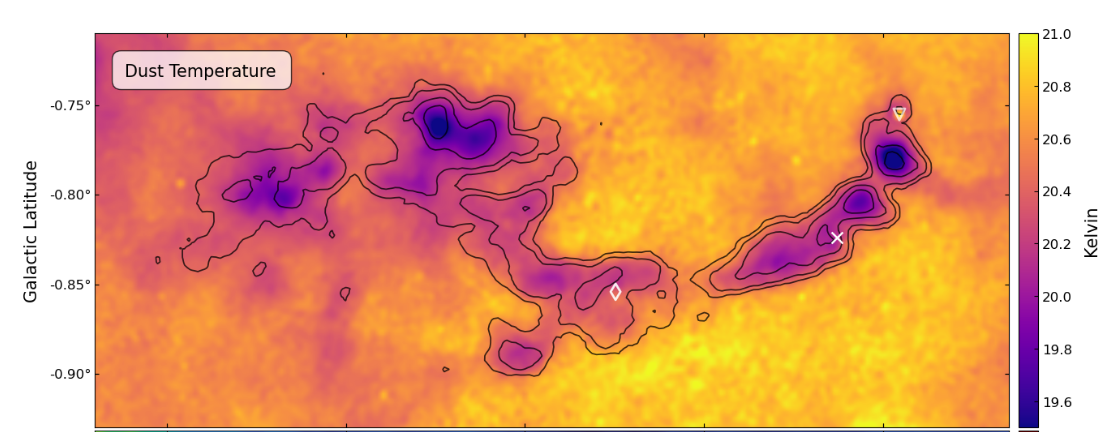
Figure 11, showing temperature of dust, from
Butterfield, Morgan, and Barnes, ApJ 988, 99 (2025)
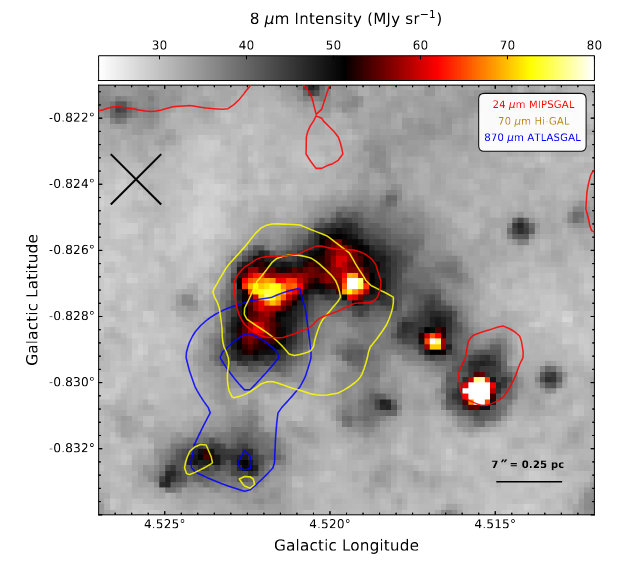
Figure 14 from
Butterfield, Morgan, and Barnes, ApJ 988, 99 (2025)
 Copyright © Michael Richmond.
This work is licensed under a Creative Commons License.
Copyright © Michael Richmond.
This work is licensed under a Creative Commons License.